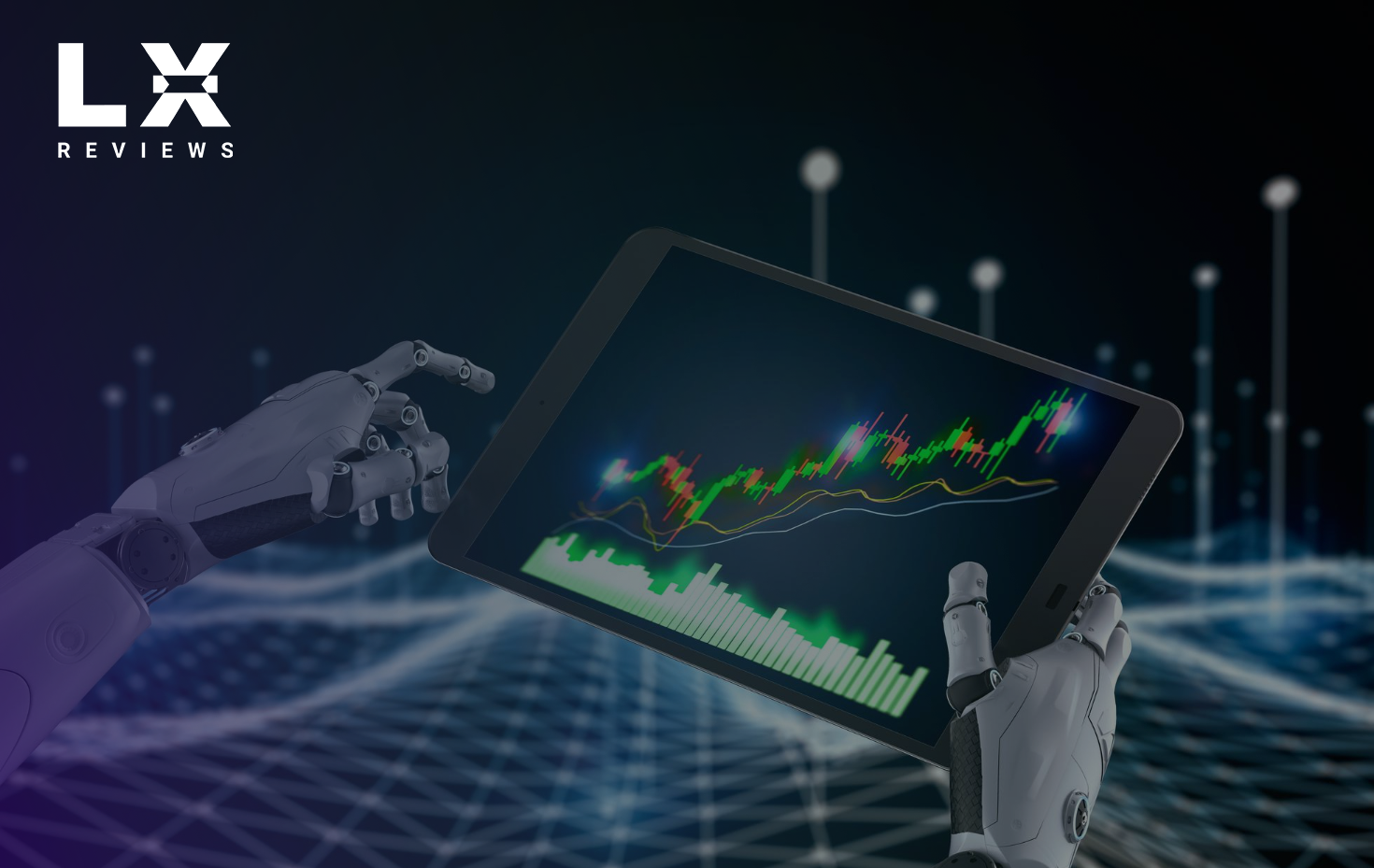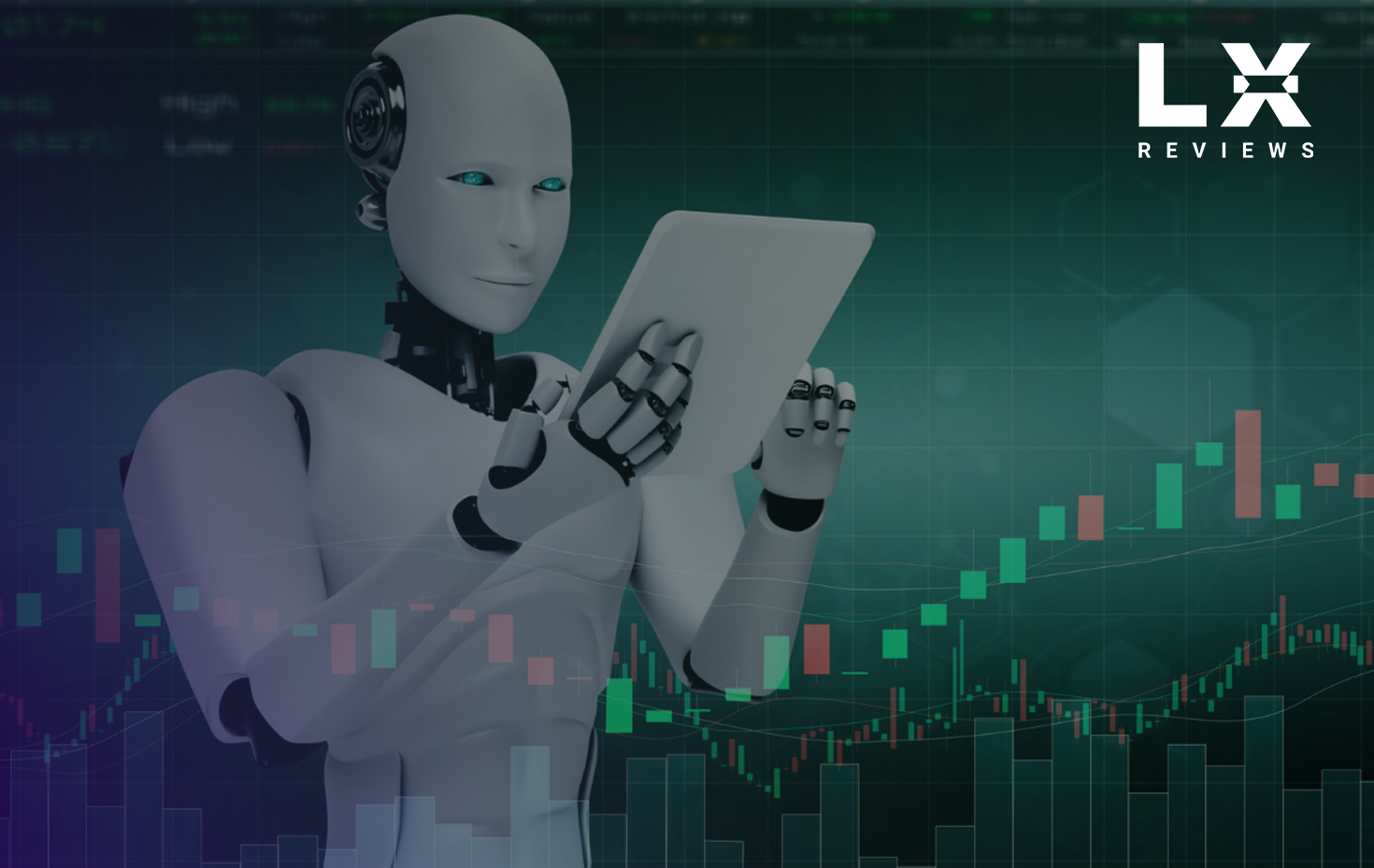In addition to trading, AI is also playing a very key role in investment management. From automated portfolio management to risk assessment and asset allocation, AI makes investment processes easier and more inclusive among a wide class of people.
Robo-Advisors and Automated Portfolio
Robo-advisors are AI-driven online platforms that offer automated, algorithmic financial advisory services. The platforms create and manage a diversified portfolio for investors, considering their risk tolerance, financial goals, and investment horizon. Normally, robo-advisors make use of machine learning algorithms in allocating assets, optimizing portfolio performance, and periodic rebalancing of the holdings to maintain an optimal risk-return ratio.
The rise of robo-advisors has democratized access to investment management services, extending professional-grade asset management to those with smaller portfolios without demanding high fees. For example, using AI, Betterment and Wealthfront are popular alternatives for millennials and first-time investors to pursue low-cost, automated investment strategies.
This also enables AI to reassess and rebalance portfolios in real time against market conditions, ensuring a close alignment of investors’ portfolios with their goals. Additionally, AI’s deep data analysis capability allows robo-advisors to better optimize asset allocations than traditional, human-driven methods.

Risk Management and Asset Allocation
Risk management is a very important investment strategy, and AI has become quite indispensable in this aspect. Conventional methods of risk management are often based on historical data and simple assumptions about how markets would behave. In contrast, AI systems can take into account many variables, including real-time market data, geopolitical events, and social sentiment, to more accurately perceive and manage risk.
Machine learning algorithms can pinpoint correlations between various assets, predict how certain assets will react to specific market events, and suggest optimal portfolio adjustments. For instance, AI can identify whether a particular stock is highly correlated with interest rates or commodity prices and adjust the investor’s portfolio to account for those risks.
AI also finds its application in dynamic asset allocation, whereby portfolios dynamically readjust in a real-time response to market conditions. In this manner, the ability of rapid response towards market shifts ensures that the investor is always at an advantageous position to realize maximum returns with minimum plausible losses.
Benefits of AI in Trading and Investment
AI has brought so many advantages to the trading and investment sectors that it has become an indispensable tool for both financial professionals and retail investors.
1. Speed and Efficiency
AI systems can process large volumes of data and execute trades at speeds impossible for human traders to achieve. High-frequency trading uses AI to analyze, in real time, a variety of factors such as price movements, volume, and order book data to make split-second trading decisions. The speed advantage lets AI capitalize on opportunities that may be missed by human traders.
Additionally, AI’s ability to analyze massive datasets and execute trades quickly enables it to respond to market events instantly, ensuring that traders and investors can act promptly to minimize risks and seize opportunities.
2. Accuracy and Precision
AI algorithms are good at finding the pattern and correlation in heavy data, thus leading to better predictions and decision-making. This, in terms of trading, will be more precise market forecasts, better entry and exit points of the trades, and real-time optimization of trading strategies.
The better they become, the more the models get exposed to data; this is because they learn from their past mistakes. That’s what an AI system actually becomes, accurate and effective in their working as time progresses and with increasing exposure to new data.
3. Better Risk Management
AI-powered risk management systems can analyze a wide range of factors in assessing possible risks and mitigating them. By applying machine learning, real-time information, and predictive analytics powered by AI, these systems can find anomalies in the market, liquidity risks, and exposure to particular assets. In this way, investors will have better information upon which to make their decisions and adjust accordingly to minimize their potential losses.
AI can also be useful in portfolio diversification by suggesting asset allocations that would optimize the balance between risk and reward more appropriately than traditional methods. Thus, investors are able to create more resilient portfolios to complement market volatility.
4. Accessibility and Democratization of Finance
Probably the most valuable benefit of AI in trading and investment is that it democratizes access to sophisticated financial tools. With robo-advisors and AI-powered trading platforms, access to advanced portfolio management, trading strategies, and risk management solutions is easier for the small investor. It gives every retail investor a great chance to make better decisions and improve their returns while reducing costs independent of expensive financial advisors or brokers.

Challenges and Limitations of AI in Trading and Investment
While AI offers several advantages, it also comes with its set of challenges and limitations. Some of the key issues include:
1. Data Quality and Bias
AI systems are only as good as the data they have been trained on. Poor or biased data will generate bad predictions and poor decisions. In financial markets, with their constantly shifting data, this implies that it is essential to have proper quality and integrity in the data feeding into AI systems if these are to perform properly.
For instance, if the AI models are trained on stale data or do not take into account dramatic market events, their predictions will be off. If training data is biased-for example, based on market conditions that normally favor certain assets-then AI systems may further these biases to produce one-sided results.
2. Lack of Transparency
The AI models, in particular those using deep learning, can often work like a “black box,” whereby end users cannot have any idea how decisions are arrived at. This lack of explainability may be a cause for concern in financial markets, where trust and transparency are essential.
Traders and investors may hesitate to rely on AI systems if they cannot understand the rationale behind specific decisions. This challenge is particularly important for regulatory compliance, where financial institutions may be required to justify trading decisions to regulators or clients.
3. Regulatory Concerns
With AI increasingly being integrated into financial markets, regulatory bodies are grappling with how to regulate and oversee its use. The potential for market manipulation, algorithmic trading abuses, and ethical concerns surrounding the use of AI in finance is a growing concern for regulators.
For example, there have been flash crashes or market instabilities created by AI-driven trading strategies. Regulators need to create frameworks that ensure the responsible use of AI and that financial markets remain fair, transparent, and stable.
The Future of AI in Trading and Investment
The future of AI in trading and investment is bright, as further developments in machine learning, big data analytics, and quantum computing are going to enhance the capabilities of AI even more. As AI systems become more sophisticated, they will likely play an even more prominent role in shaping trading strategies, optimizing portfolios, and managing risk.
To see AI really making a difference in the realms of finance, again, these same issues-data quality, transparency, and regulation-all need to be addressed. Accordingly, underpinned with the right controls, AI should be poised for changing the landscape in finance; democratizing choices on investment; further, assuring better financial efficiency, higher levels of financial transparency, and robust security.



